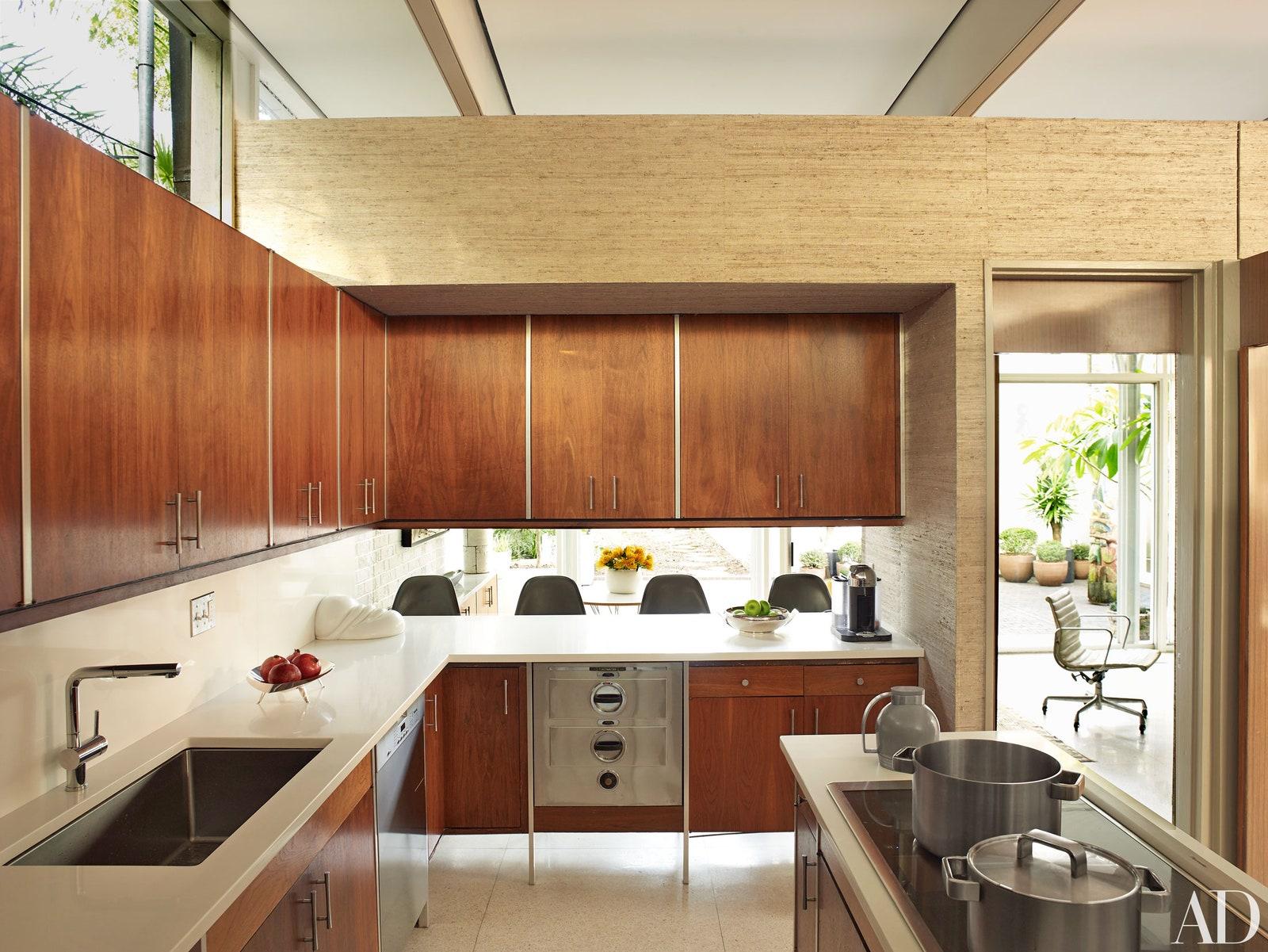Urban Gentrification in Nepal and Tourism
Gentrification in urban planning is defined as a process of changing the character of a neighborhood by the influx of more affluent residents and economies. It starts with certain external force to create change by providing stress to the process of renovation or development of houses, businesses and even a district to encourage surge of middle-high class people. Various research on European cities have identified the impacts of tourism in the cities and its inhabitants. To provide facilities and luxury to the incoming influx of tourist, improvements and rehabilitation at both building and urban scale is inevitable. These changes generate new jobs, increase the value of properties and incites more affluent social classes. This may lead to the displacement of lower income populations. For instance, several researches found that tourism boom in Amsterdam created gentrification due to emergence of various amenities and services such as – restaurants, trendy bars, antique shops, or art galleries to be more attractive to day-trippers and tourists.
The historical city centers of Kathmandu, Bhaktapur and Lalitpur are vital elements of its cultural heritage. This leads to the attraction of a growing number of visitors. This increase in tourist flows constitutes, however, a real threat to the conservation of their values. The arrival of visitors opens up new investment opportunities in the built environment and leads to a process of tourism urbanization that includes not only large-scale resorts but also housing rehabilitation in historic areas. Consequently, after earthquake 2015, urban revitalization strategies have produced new services and amenities catered to middle-class consumers and, in doing so, they have marketed the tourism. This local as well as international tourism accelerates the pressures of gentrification as the demands of visitors increases rent extraction possibilities and it stimulates the development of commercial spaces and entertainment facilities such as gourmet restaurants, museums, marinas or art galleries. Thus, coexistence of tourism and gentrification means that the arrival of new consumers to areas that were already affected by gentrification intensifies land uses and so pushes up both residential and commercial property values.
Gentrification also creates negative impacts on environment by increasing social gap between urban poor and urban rich.The gap between the purchasing power of visitors and local residents leads to a market pressure on both housing and services that makes places increasingly unaffordable for the indigenous population. Tourism gentrification is a process in which the growth of visitors threatens the existing population’s right to ‘stay put’. This conceptualization is crucial for gentrification research but especially for public policy as it challenges the assumption that the growth of visitors is inherently positive. It is also necessary to overview how gentrification changes the cultural values and tradition of the locality by displacing low-income communities.

